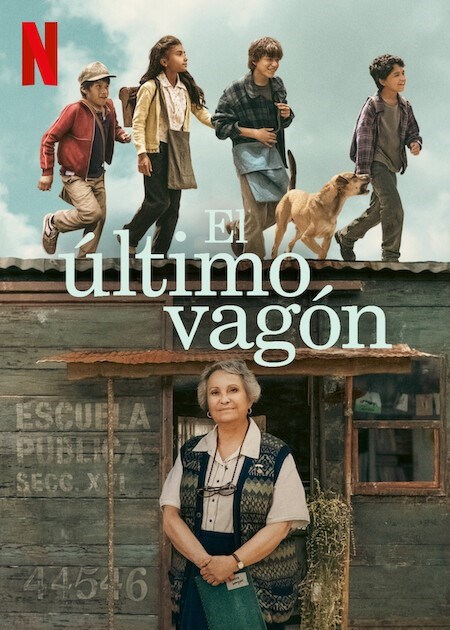An ode to teachers who, totally committed to their jobs, are capable of doing whatever necessary for the sake of education and their students.
Hugo Valenzuela, chief inspector of Education, has an order from the Government. He must close the Malinally Tenepatl school, placed in the Delicias Train Station. It is a public school inside a train carriage. It belongs to those schools in Article 123 created in the 20s and the 30s to educate the employees of agricultural companies and their families who traveled with them along the Republic of Mexico.
These schools disappeared little by little in the 90s, as did trains in the whole country after the privatization of the railway system. But the Malinalli Tenepatl school resists thanks to the patience of one particular man: Ernesto. Everyone thinks that Hugo will close the last carriage-school, as the country is pushed through modernization. The closure of the school will mean a promotion for Hugo, and no one understands why it is taking him so long to sign this report.
In addition, we get to know Ikal Machica, a young boy who studies in a carriage-school, along with his classmates, Chico, Tuerto, Valeria and his dog Quetzal. His narration tells us the story of the Malinally Tenepatl School, of the classes, of the routine and of a teacher that will mark their lives forever. The two narrations alternate, and while we get to know the adventures of Ikal and his friends, we also get to know Hugo’s doubts and the government’s scheme to close the school.
Finally, we discover that Ikal Machuca, the young boy who had to abandon his home after his father’s death in an accident during the construction of the railway, and who moved to the big city with his mother and his dog, leaving his friends, his teacher, and what he thought was the love of his life behind, is Hugo Valenzuela himself.
RELEVANT INFORMATION: Ángeles Doñate is a writer whose works have been translated to 14 languages. Apart from her work as a writer, she is involved in social and educational entities. The Last Wagon (El último vagón) will be published in Spain, Argentina, Chile, Colombia, the United States, Mexico, Peru and Uruguay.
AUDIOVISUAL POTENTIAL: Film format.
LANGUAGES AVAILABLE: English and Italian.


